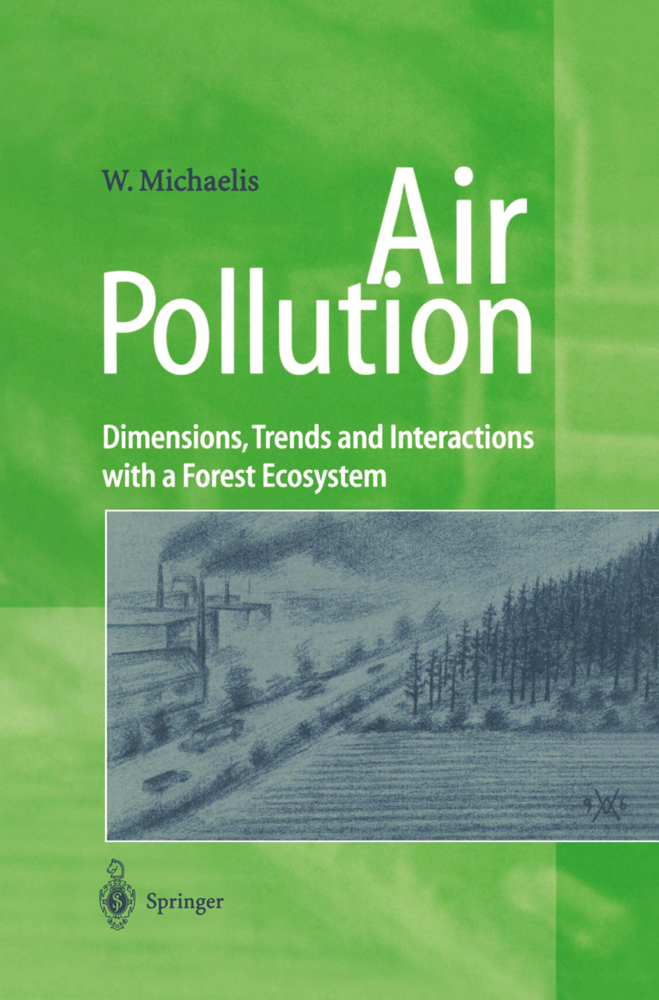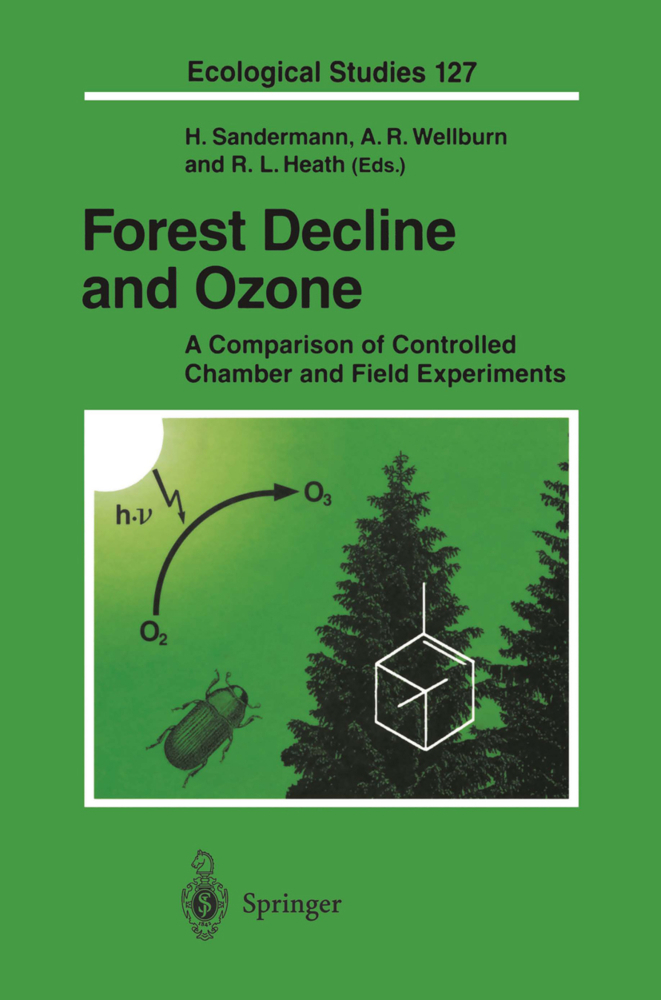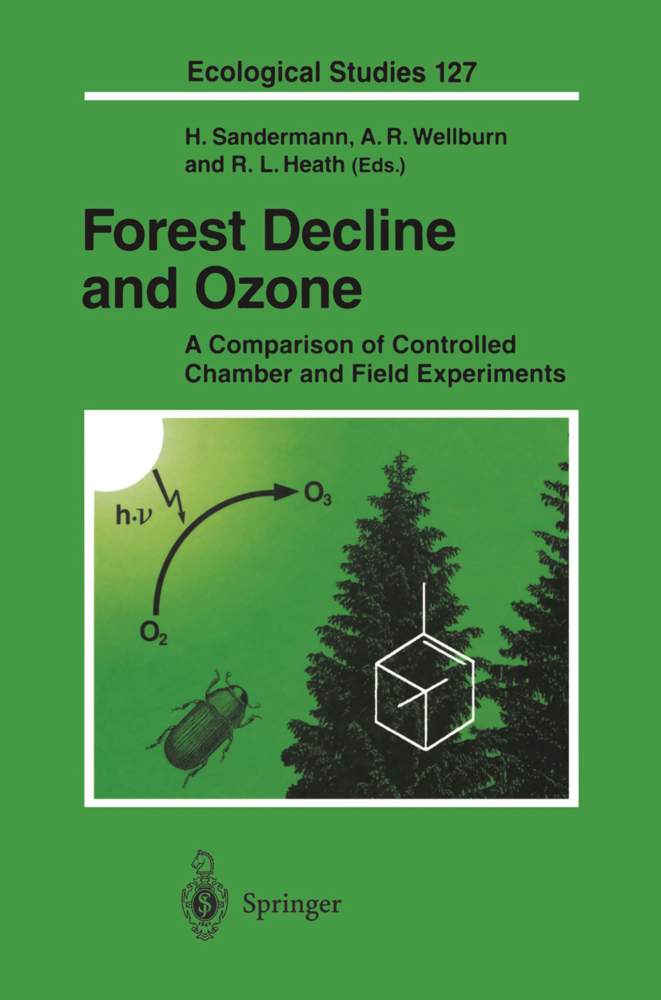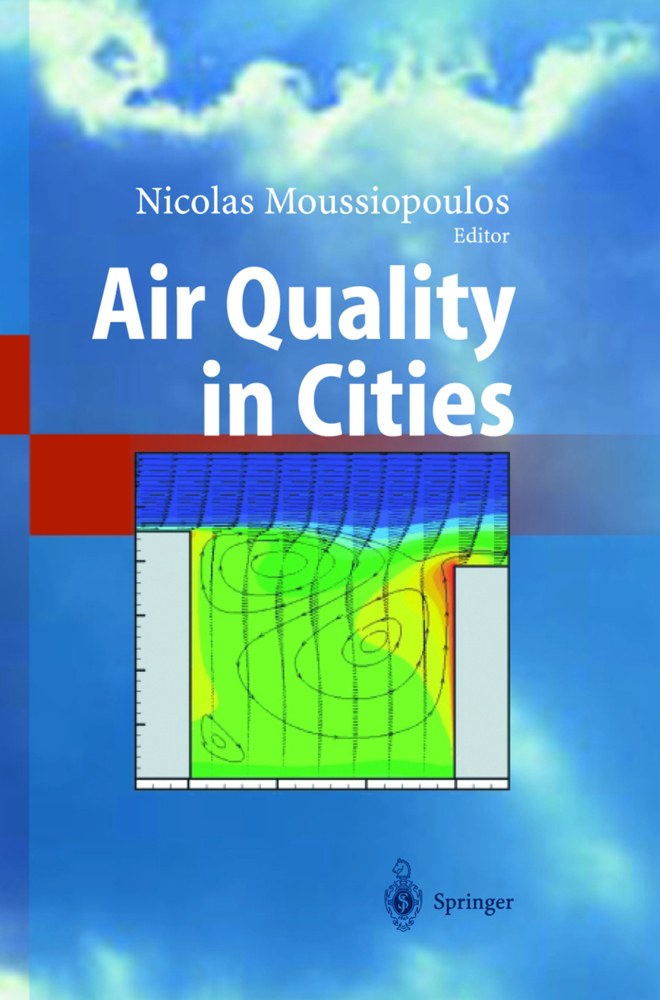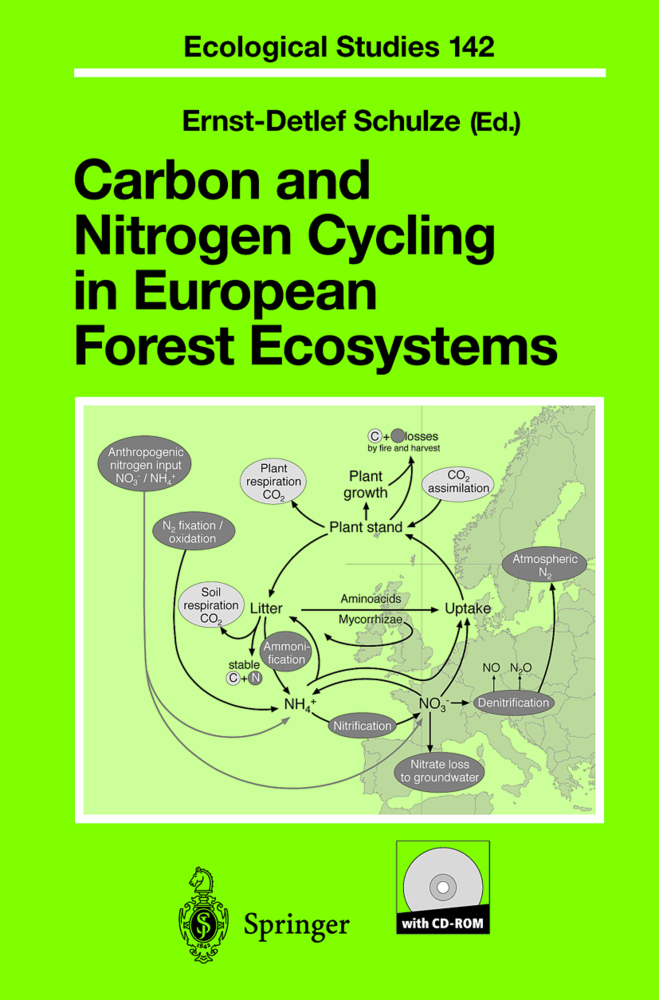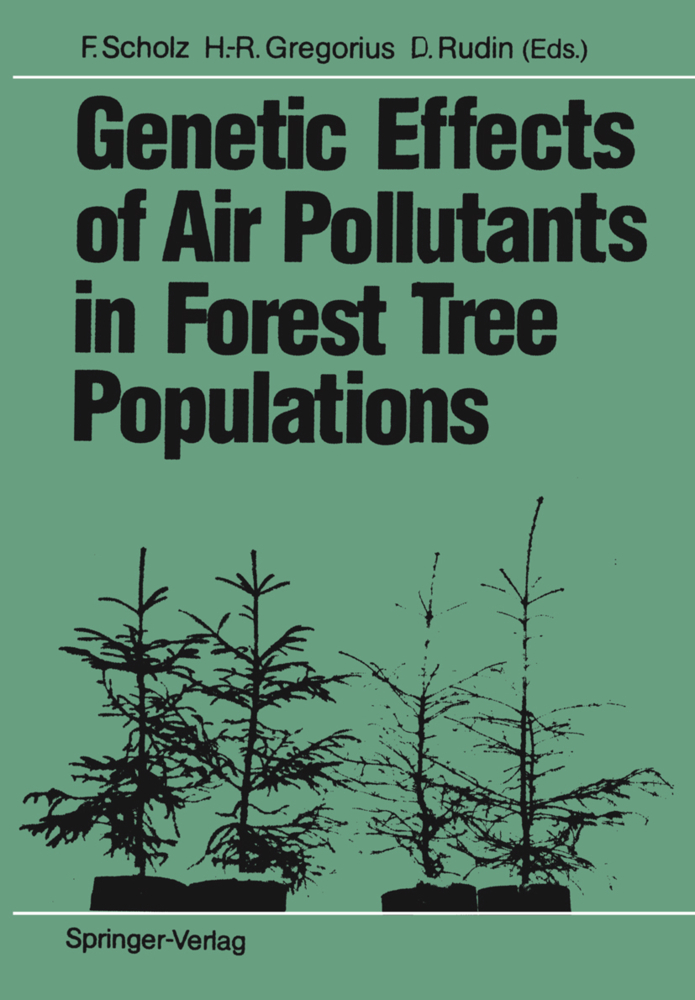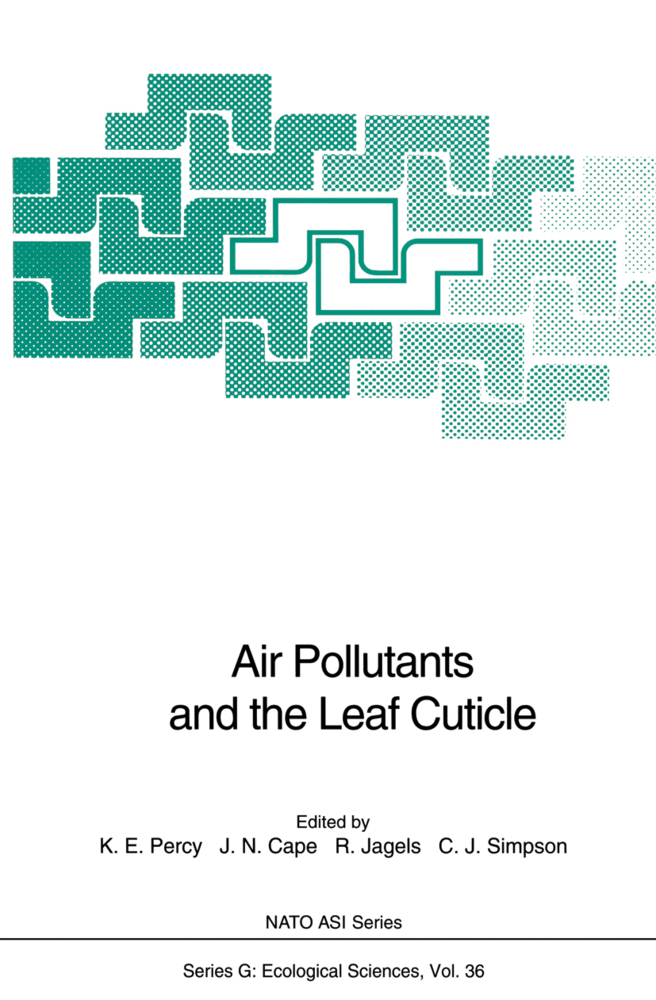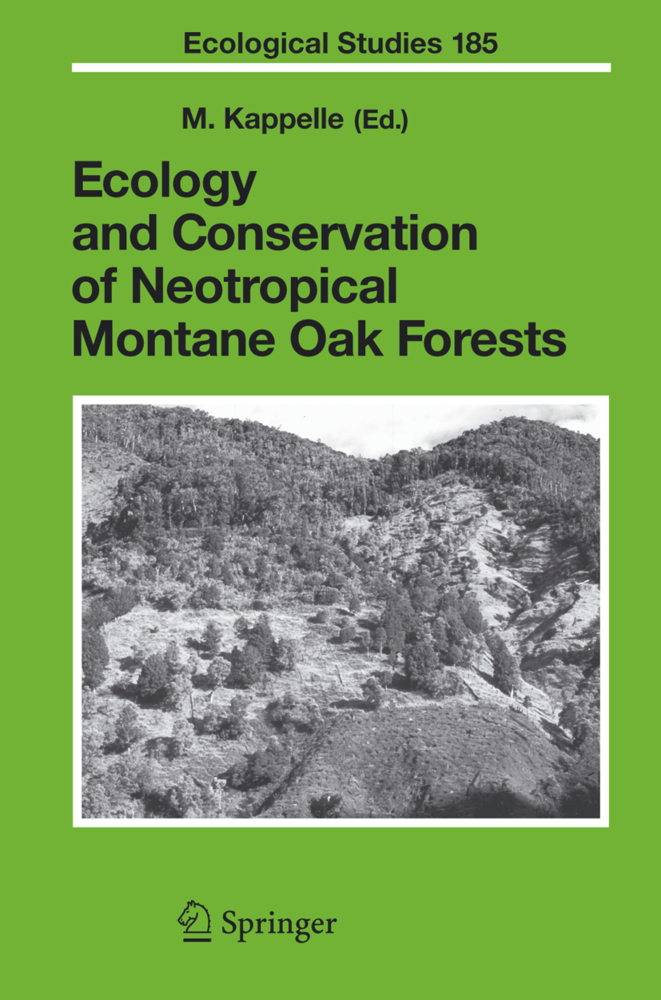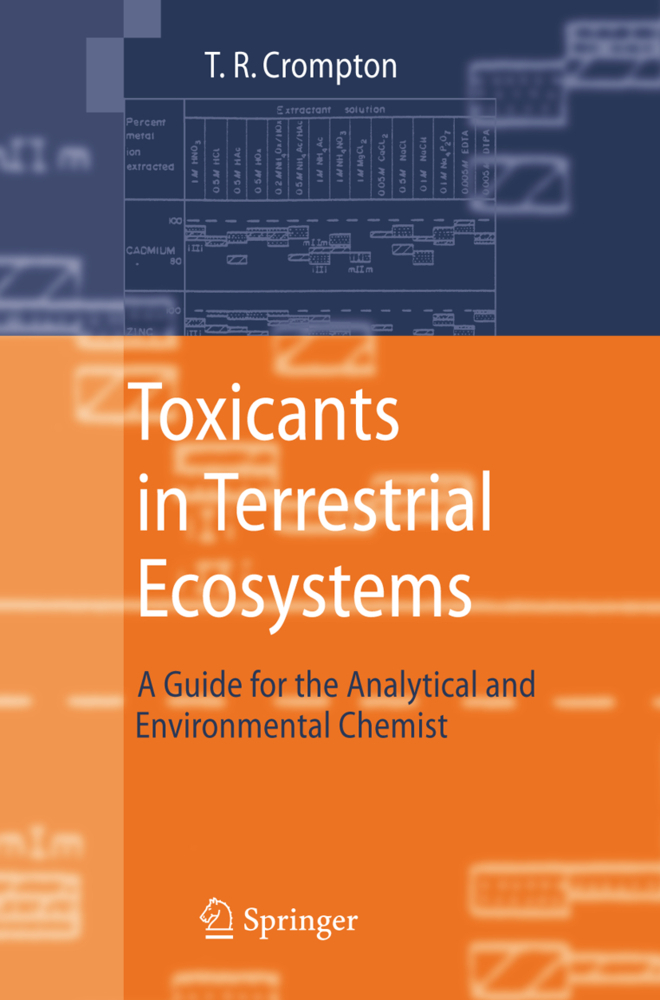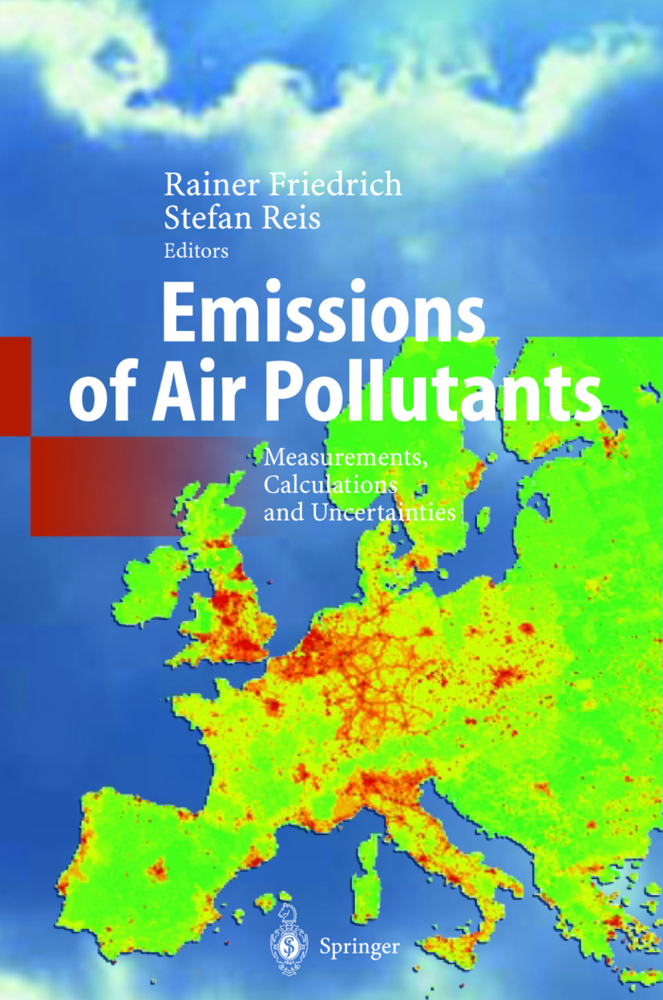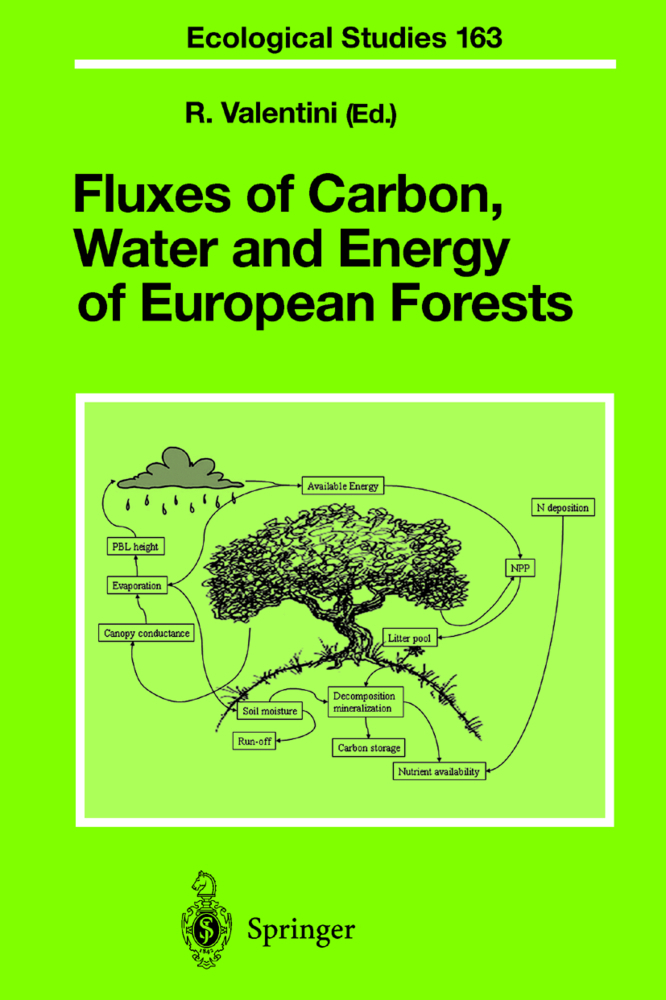Air Pollution
Dimensions, Trends and Interactions with a Forest Ecosystem
Air Pollution
Dimensions, Trends and Interactions with a Forest Ecosystem
In the early 1980s, forest decline became a matter of public and scientific concern when forest stands with Norway spruce (Picea abies [L. ] Karst. ) showed evident damage on a large geographical scale throughout Europe. The causes of the observed symptoms could not be elucidated on the basis of the state of knowledge at that time. Therefore, several research projects were launched both in Germany and in some other countries in order to identify the relevant pathogenic factors. In 1985, the Federal Ministry for Research and Technology decided to include the site "Postturm", forest district Farchau/Ratzeburg, in the spon sorship of the research on forest decline as a site typical for lowlands and a sphere of anthropogenic urban influence. The investigation area is situated about 40 krn east-northeast of the city of Hamburg. Since spruce trees in particular showed severe decline, emphasis was laid on this species. The programme started in 1986 and extended to 1992, with some activities con tinuing beyond this time. Working groups from 13 institutions took part in the overall project.
2 The Investigation Site
References
3 Research Concept and Coordination
References
4 General Outline of the Measuring Station
References
5 Experimental Procedures
5.1. Sampling Techniques
5.2 Analytical Techniques
References
6 Methodology for the Determination of Atmospheric Deposition and of Fluxes within the Ecosystem Compartments
6.1 Basic Considerations on Dry Deposition
6.2 Aerosol Measurements
6.3 Turbulent Fluxes in the Boundary Layer
6.4 Fluxes in the Stand and the Seepage Water
References
7 Trace Elements in Rainwater: Concentrations and Wet Deposition
7.1 Concentrations of Dissolved and Particulate Constituents
7.2 Wet Deposition
References
8 Deposition of Anions and Cations Via Precipitation
8.1 Meteorology and Source-Receptor Relationship
8.2 Deposition of SO42-, NO3-, Cl-, F- and NH4+: Mean Values, Temporal Variations and Long-Term Trends
8.3 pH Values and H+-Ion Deposition
References
9 Trace Elements in Size-Fractionated Particulates: Concentrations and Dry Deposition into a Forest Ecosystem
9.1 Differential Trace Element Concentrations
9.2 Dry Deposition of Trace Elements
References
10 Total Deposition of Trace Elements
References
11 Element Supply and Element Fluxes in the Forest Ecosystem Compartments
11.1 Element Supply in the Mineral Soil and the Humus Layer
11.2 Biomass and Element Content in the Tree Compartments
11.3 Balance of Element Fluxes
References
12 Concentrations and Deposition of Gaseous Pollutants: SO2, NO2, NO, NH3 and O3
12.1 Gas Concentrations and Weather Conditions
12.2 Mean Values, Temporal Variations and Long-Term Trends of the Gas Concentrations
12.3 Nocturnal Ozone Maxima
12.4 Dry Deposition: Mean Values, Temporal Variations and Long-Term Trends
12.5 Deposition Velocities
References
13 Impact of Gaseous Pollutants on the Forest Ecosystem
13.1 Interrelations Between the Concentrations of Pollutants and Carbon Dioxide
13.2 Associated Vertical Fluxes
References
14 Summary and Conclusions
References.
1 Introduction
References2 The Investigation Site
References
3 Research Concept and Coordination
References
4 General Outline of the Measuring Station
References
5 Experimental Procedures
5.1. Sampling Techniques
5.2 Analytical Techniques
References
6 Methodology for the Determination of Atmospheric Deposition and of Fluxes within the Ecosystem Compartments
6.1 Basic Considerations on Dry Deposition
6.2 Aerosol Measurements
6.3 Turbulent Fluxes in the Boundary Layer
6.4 Fluxes in the Stand and the Seepage Water
References
7 Trace Elements in Rainwater: Concentrations and Wet Deposition
7.1 Concentrations of Dissolved and Particulate Constituents
7.2 Wet Deposition
References
8 Deposition of Anions and Cations Via Precipitation
8.1 Meteorology and Source-Receptor Relationship
8.2 Deposition of SO42-, NO3-, Cl-, F- and NH4+: Mean Values, Temporal Variations and Long-Term Trends
8.3 pH Values and H+-Ion Deposition
References
9 Trace Elements in Size-Fractionated Particulates: Concentrations and Dry Deposition into a Forest Ecosystem
9.1 Differential Trace Element Concentrations
9.2 Dry Deposition of Trace Elements
References
10 Total Deposition of Trace Elements
References
11 Element Supply and Element Fluxes in the Forest Ecosystem Compartments
11.1 Element Supply in the Mineral Soil and the Humus Layer
11.2 Biomass and Element Content in the Tree Compartments
11.3 Balance of Element Fluxes
References
12 Concentrations and Deposition of Gaseous Pollutants: SO2, NO2, NO, NH3 and O3
12.1 Gas Concentrations and Weather Conditions
12.2 Mean Values, Temporal Variations and Long-Term Trends of the Gas Concentrations
12.3 Nocturnal Ozone Maxima
12.4 Dry Deposition: Mean Values, Temporal Variations and Long-Term Trends
12.5 Deposition Velocities
References
13 Impact of Gaseous Pollutants on the Forest Ecosystem
13.1 Interrelations Between the Concentrations of Pollutants and Carbon Dioxide
13.2 Associated Vertical Fluxes
References
14 Summary and Conclusions
References.
Michaelis, Walfried
| ISBN | 9783642644146 |
|---|---|
| Artikelnummer | 9783642644146 |
| Medientyp | Buch |
| Auflage | Softcover reprint of the original 1st ed. 1997 |
| Copyrightjahr | 2011 |
| Verlag | Springer, Berlin |
| Umfang | 178 Seiten |
| Abbildungen | XII, 178 p. 2 illus. in color. |
| Sprache | Englisch |

